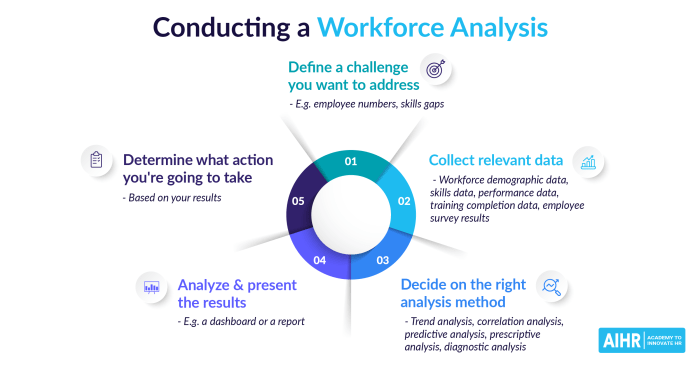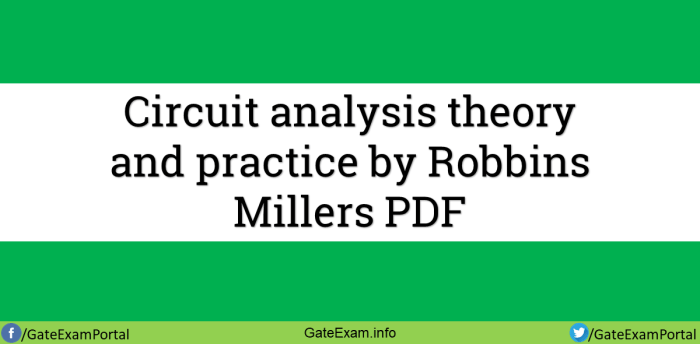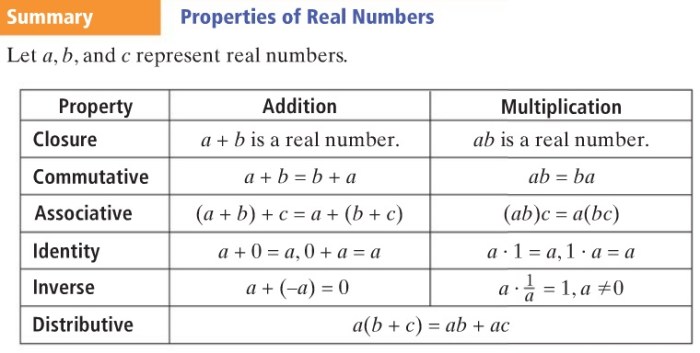Analysis with an introduction to proof 5th edition pdf – Delving into the realm of mathematics, Analysis with an Introduction to Proof, 5th Edition PDF provides a comprehensive exploration of mathematical concepts, offering a rigorous foundation for further studies. Embarking on this journey, we uncover the intricacies of real numbers, sequences, limits, continuity, derivatives, integrals, and infinite series, equipping ourselves with the tools to unravel the complexities of the mathematical world.
Through its systematic approach and abundance of examples and exercises, this textbook caters to students seeking a deeper understanding of mathematical principles. Whether you’re a student of mathematics, engineering, or any field that relies on quantitative reasoning, this resource will serve as an invaluable guide, empowering you to tackle complex problems with confidence.
1. Introduction to Analysis with an Introduction to Proof, 5th Edition PDF
This textbook provides a comprehensive introduction to the fundamental concepts and techniques of mathematical analysis, including real numbers, sequences, limits, continuity, derivatives, integrals, and infinite series. It also includes an introduction to proof, which is essential for understanding and developing mathematical arguments.
The book is intended for undergraduate students who have completed a course in calculus and are interested in pursuing a deeper understanding of mathematical analysis. It assumes no prior knowledge of proof, but it does require a strong foundation in calculus.
2. Real Numbers and Sequences
The concept of real numbers is essential for understanding mathematical analysis. Real numbers are used to represent quantities that can take on any value, both positive and negative. They are also used to represent the set of all rational numbers, which are numbers that can be expressed as a fraction of two integers.
Sequences are used to represent a set of numbers that are arranged in a specific order. They can be used to represent a variety of different phenomena, such as the trajectory of a moving object or the evolution of a population over time.
3. Limits and Continuity
Limits are used to describe the behavior of a function as its input approaches a particular value. They can be used to determine whether a function is continuous at a particular point, which means that the function does not have a jump or discontinuity at that point.
Continuity is an important property of functions because it ensures that the function can be differentiated and integrated.
4. Derivatives

Derivatives are used to measure the rate of change of a function. They can be used to find the slope of a curve, the velocity of a moving object, or the acceleration of a falling object.
Derivatives are also used to find extrema, which are the maximum and minimum values of a function. They can also be used to solve optimization problems, which involve finding the values of a function that maximize or minimize a particular quantity.
5. Applications of Derivatives
Derivatives have a wide range of applications in science, engineering, and economics. They are used to find the slope of a curve, the velocity of a moving object, the acceleration of a falling object, and the extrema of a function.
Derivatives are also used to solve optimization problems, which involve finding the values of a function that maximize or minimize a particular quantity.
6. Integrals

Integrals are used to find the area under a curve, the volume of a solid, and the length of a curve. They can also be used to find the work done by a force over a distance.
Integrals are closely related to derivatives, and they can be used to find the antiderivative of a function, which is a function whose derivative is the original function.
7. Applications of Integrals
Integrals have a wide range of applications in science, engineering, and economics. They are used to find the area under a curve, the volume of a solid, the length of a curve, and the work done by a force over a distance.
Integrals are also used to solve differential equations, which are equations that involve derivatives.
8. Infinite Series: Analysis With An Introduction To Proof 5th Edition Pdf
Infinite series are used to represent the sum of an infinite number of terms. They can be used to represent a variety of different phenomena, such as the decimal expansion of a real number or the sum of the areas of a set of circles.
Infinite series can be convergent or divergent. A convergent series is a series whose sum approaches a finite value as the number of terms approaches infinity. A divergent series is a series whose sum does not approach a finite value as the number of terms approaches infinity.
Detailed FAQs
What is the target audience for Analysis with an Introduction to Proof, 5th Edition PDF?
This textbook is designed for undergraduate students in mathematics, engineering, and other fields that require a strong foundation in mathematical analysis.
What are the prerequisites for studying Analysis with an Introduction to Proof, 5th Edition PDF?
A solid understanding of pre-calculus and basic calculus concepts is recommended.
What is the significance of proofs in mathematical analysis?
Proofs play a crucial role in mathematics, as they provide a rigorous and logical foundation for mathematical statements. They ensure the validity and correctness of mathematical results.

